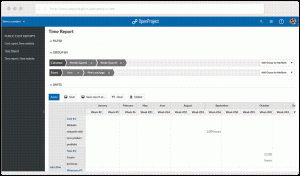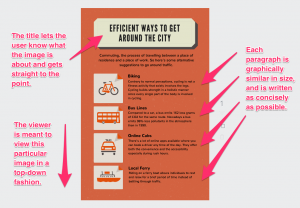— June 21, 2017

Templune / Pixabay
Are you about to click the red ‘launch’ button on a brand new or redesigned website? Wait a minute and consider whether you have taken all of the most important SEO considerations into account.
SEO Checklist: 5 Things To Get Right
Before you launch your site, there are 5 big boxes you have to check off. You need to consider everything, whether it is URL content mapping or keyword research; sweeping for those crawler errors or setting up the proper tracking system.
Designate a Keyword for Each URL on the Site
When you are building your website, it is time to do some keyword research. Create the ideal list of keywords for traffic and low competition, and map all of these keyword to the URLs and the pages on your new site.
The page titles and the meta descriptions also need to be taken seriously. Be sure to include all the important keywords that you mapped to the various pages in both the page titles and meta descriptions. This is one of the main things to get right for on-page optimization, and will have a significant impact when you are tracking your ranking.
Website Accessibility, UX, and Crawling
Make sure that your content and pages are accessible to the search engines. Use Google Search Console for this purpose.
Scan your pages to ensure that the crawlers can get to your website, or else they won’t be able to index your content. The content must also be accessible through the various platforms (especially mobile), browsers and to all the audiences.
Most importantly for today’s mobile-friendly search world, your website must load fast from all the devices and browsers. The visuals, the design and the User Experience (UX) must be attractive to your visitors, without a doubt. A formal testing online can help you test your visuals and designs.
Set up the Tracking Systems and Important Services
Some of the additional things you’ll need to set up your website include tracking systems and analytics. This includes a range of services and features, including web analytics, uptime tracking, retargeting, remarketing, setting up of brand alerts, using Google Search Console, etc.
Make use of Google’s free tools to track your ranking as well. Regular crawling can help you to identify competitive opportunities, including the missteps they’ve made and link building opportunities you can piggyback.
Web and social profiles can also be set up before launching the website itself, and is a must have if you plan to link to them from the website header or footer to grow your following.
Use Rich Snippets, Schema and Open Graphs
Looking for broader optimization? If you have your on page all in order, it is time for a broader optimization. Schema is a must if you want to help Google rank you semantically, and they’re required for any rich snippets to show up on the SERPs.
Capitalize on any identified content search opportunities, including a strategy to get in front of image searches. If you tag the site properly and include an image sitemap, you may very well see your images show up on searches you never expected for your domain.
Don’t Forget Link Acquisition
Any time you launch a new website, links need to be included in your traffic growth plans. To rank higher, you need as many digital relationships and social media references to your content. Also consider PR coverage and influencer outreach to create a buzz about your products and services.
If you already launched your website and realize that one or more of these key items are missing, step back and correct that situation as soon as you can. You’ll need to have it addressed to increase your odds of SEO success with the new site.
Digital & Social Articles on Business 2 Community
(83)
Report Post






